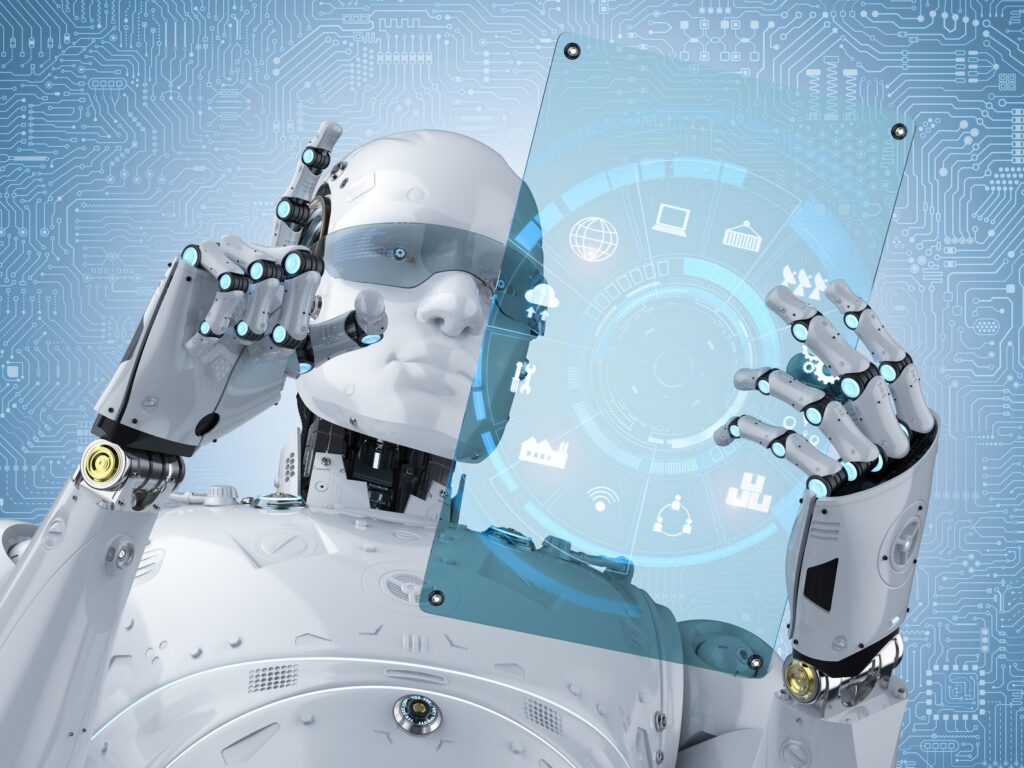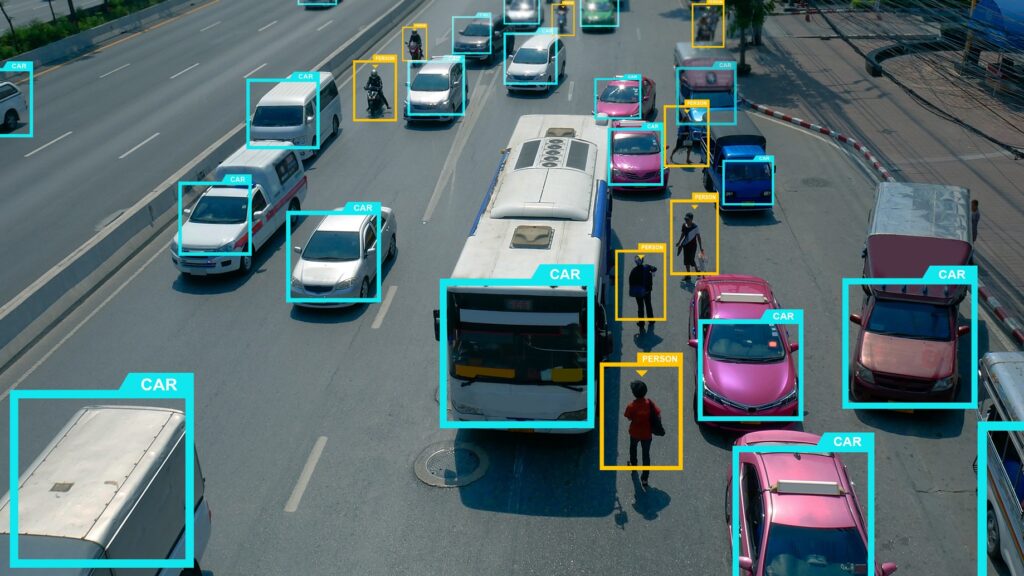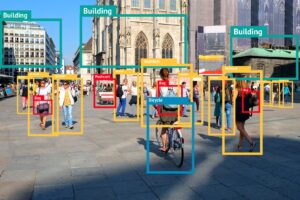Machine Learning is a collection of computer methodologies or algorithms that predict outcomes based on collating information from previous choices. These learning systems are adaptive, constantly evolving from new examples, and capable of determining internal parameters to recognize the nature of new data. ML acquires knowledge through the analysis of previous behaviors and/or experimental data, i.e. a learning data set. Smart technology, AI applications and programs collect a vast amount of data which can then be analyzed to predict outcomes.
AI and Machine Learning Apps: What We Can Learn from Big Brands
Information obtained by using Machine Learning methods are by far the most dependable way to predict results and construct reliable models, particularly if some data is unknown or unobtainable. For this reason we use Machine Learning and Artificial Intelligence in our mobile app development.
How to Implement Machine Learning into your Mobile App? Mobile apps already use AI and collect a large amount of data provided by their users. The goal then is to make use of the possibilities provided by this to create a business model. This can be achieved by the use of deep learning. To see how important the implementation of such techniques can be let’s look at some success stories of some big brands that have done so: Uber, Netflix, Snapchat, and Amazon.

Uber
Uber is a great example of the correct implementation of ML which is based on giving users the correct information quickly. The company’s users are given the probable waiting time with the ability of viewing the real-time progress of the cab on a map. They are also given the expected cost of the trip. The whole process is supported with an ML security model based on face recognition and credit card security. The time of the journey is very accurate as it is based on current street traffic data, not just estimated distances. All of these processes are wrapped with ML and deep learning modules.
Netflix
Netflix uses ML for similar reasons but concentrates more on gathering data about its users’ past behavior. All of the services recommendations are based on data collected on previous choices and as a result about 80% of watched content comes from these suggestions. Consequently the majority of the company’s revenue comes from recommendations produced using ML. This model is seen in nearly all successful implementations of ML where the users’ needs are identified by gathering and processing data.
SnapChat
SnapChat’s success is based on a combination of Machine Learning and Augmented Reality. These are used in a playful way that enables users to enhance pictures and videos with previously prepared templates called filters. The app operates mainly using the camera in the users mobile to find and track faces in an image and overlay it with a filter which also allows it to be animated.
Amazon
Amazon is a leader in the use of ML and AI and claims to have been using them for over 20 years. It has created its own platform “Amazon Machine Learning Developer Guide” with tools and tutorials for development usage. As such they let AI manage most of their internal systems and every aspect of the customer experience.
What do those examples show?
Artificial intelligence can gather specific information about a client’s behaviour so that it can provide a personalized and optimized service without the need of actual staff or assistants. This is facilitated by using inbuilt mobile devices such as a camera to detect faces or the recognition of particular texts. The main uses for Artificial Intelligence in apps are: automated reasoning, recommendation services, learning behavior patterns, and personalization.
Automated Reasoning
Automated Reasoning is an algorithm which can be used to resolve given problems. The appropriate (logical) outcome is obtained by creating a set of parameters or rules that require, for example, the shortest route or the cheapest solution. The results are given as the optimum solution from the data supplied. Another advantage is the speed of obtaining results as seen in examples such as Uber where users particularly like the optimized price, time, and route provided by automated reasoning.
Recommendation services
One of the main reasons why most apps fail in their first year is that they cannot retain their users due to poor content. Much time and money is wasted because the new content they produce is simply not what the user wants. In contrast recommendation services are constantly tracking and categorizing a users’ choices updating the algorithm so that the app effectively “thinks” like the user and can consistently offer suggestions based on their interests and needs.
Recommendation is one of the most powerful social stimuli, so being able to utilize this is important for all businesses. It is also very easy to implement and can be used in many app services. As noted above this is how Netflix generates most of its income. Keep in mind though that any type of business model can utilize this feature and be supported by marketing departments or sales teams.
Learning behavior patterns
It is important to remember that any app only has about five sessions to “bond”with a user. Consequently the goal is to understand user behavior as quickly as possible so that subsequent sessions become more meaningful. Careful analysis and pattern-detecting algorithms will get your app fulfilling customer requirements as soon as possible with the added bonus that it also helps increase security and detect fraud. Pattern-detecting algorithms can highlight unusual customer behavior or purchases immediately so that identity or credit card theft can be blocked ensuring your users always remain secure.
Personalization
This feature utilizes all of the above. It continually tailors the services or products provided to fulfill the needs of every client. It creates user patterns that will automatically provide increased client satisfaction. For businesses it means better conversion rates, more accurate marketing, strong branding, and constant improvement of website metrics. Personalization drives social media and being able to exploit it allows your business to grow and increase its profitability.
Summing up
To summarize, your app has a very short time within which to “hold” a client’s attention. Personalized content is vital to achieve this required level of engagement. The data you receive from a user is critical in understanding their needs, helping you to help them and increase your profits. As such you need to constantly improve and optimize models and implement better patterns, and if you can’t do it yourself let AI do it for you! 😉
Read about our services in Mobile App Development




